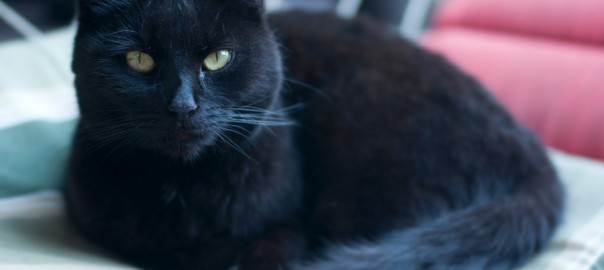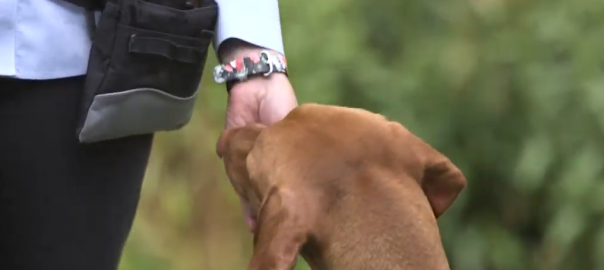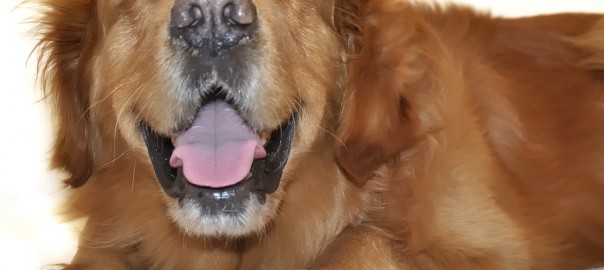If you’re wondering if mold in your home is as bad for your pets as it is for people, here’s the answer: It may be worse for them than us. Here’s how I explained it to a reader.
Q: We discovered three weeks ago that our house has black mold, thanks to all the rain we’ve been having. Can that affect our pets? I’ve noticed that our 12-year-old pug has puffy eyes and is coughing and sneezing.
A: You bet! In fact, pets may be more susceptible to the ill effects of mold because they are often closer to it, being lower to the ground.
Evidence shows that in humans, exposure to indoor mold is linked to such symptoms as coughing and wheezing. While there’s no proven association for pets, they can experience similar signs. Humans with chronic obstructive pulmonary disorder (COPD) or asthma may have difficulty breathing when exposed to molds. It makes sense that pets with shortened muzzles, such as pugs or bulldogs, could also have difficulty breathing in this situation. Pets with allergies or suppressed immune systems may be more susceptible to the effects of molds as well.
Different types of molds are common in moist indoor areas. They come in through open doors or windows, heating and air conditioning systems, on clothing and even on pet paws, so there’s no real way to avoid them. If indoor moisture is excessive — say you have leaks from rain, or your home floods — molds can grow out of control.
Your veterinarian can determine if your dog’s signs are related to mold or asbestos exposure, some other type of allergen or asthma, and prescribe an appropriate treatment.
For long-term health of humans and pets in your family, the Centers for Disease Control and Prevention says mold can be removed from hard surfaces with commercial products, soap and water or a solution of 1 cup of bleach to 1 gallon of water (more bleach is not better). You will likely have to remove and replace carpets, insulation or wallboard in which mold is growing.
Read more in Pet Connection, the weekly nationally syndicated pet feature I co-write with Kim Campbell Thornton and my daughter, trainer Mikkel Becker.




